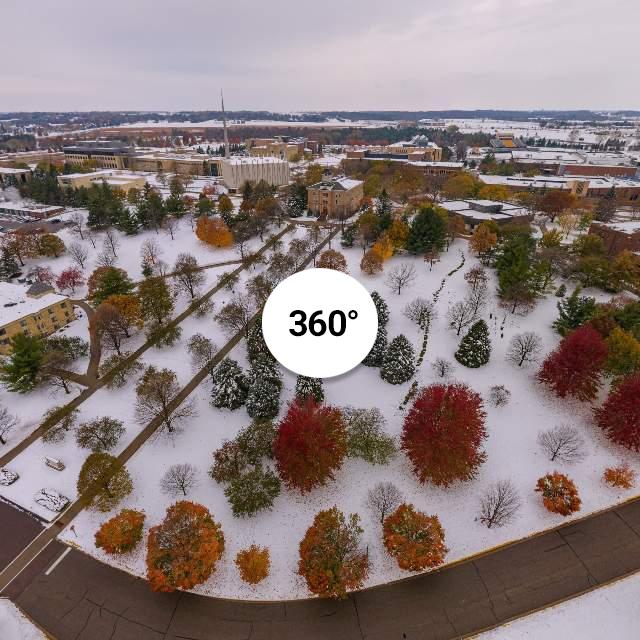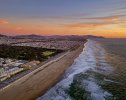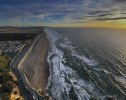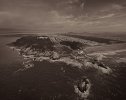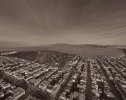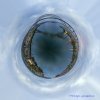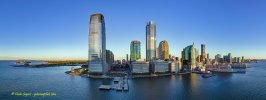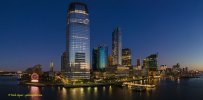macfawlty
Well-Known Member
The big deal about raw is that the image is not preprocessed by the camera software. All the color, dynamic range, bit depth, etc is available to the user. This means that there is a great deal more flexibility for image manipulation and improvements.
A jpeg image, which is the other choice, has all this removed, and has been compressed into a much smaller file. It no longer has the same flexibility or quality. There is no way to get these losses back.
There are no universal magic settings that apply more to a raw flow than a jpeg flow. Various image editing packages make their own adjustments to remove the various image imperfections that are present - spatial distortions particularly. They do universally a better job than the DJI internal raw to jpeg converter.
I have some doubt that all versions of the DJI RAW are actually RAW. On my P3 4K, MA, and P4adv they are all TIFFS which are already partially preprocessed. These have more flexibility than JPEGS but not as much as a true non-debayered RAW.
Agreed. RAW is not some universal standard for unprocessed images, pure and untouched. Every manufacturer and camera has its own version of what they refer to as RAW. The earlier drone cameras were nothing close to RAW and did not take well to color grading. The RAW that comes from my M2P is definitely not the equivalent to my Blackmagic URSA or BMPCC 6k.
I also don’t understand why anyone would shoot only JPG images unless quality is of no concern and you don’t want to bother with color grading. That said, the JPGs out of the M2P look pretty good.




